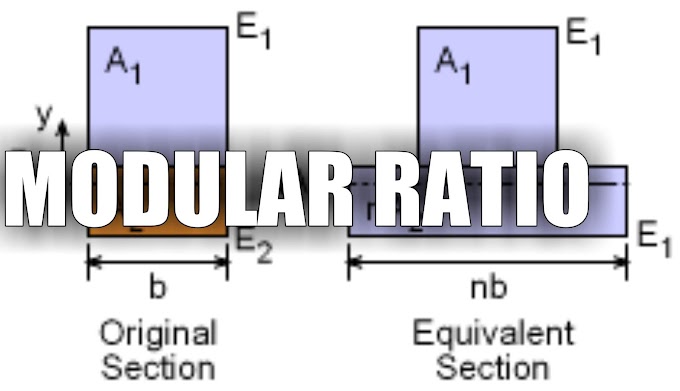A brick is generally subjected to the following tests to find out its suitability for the construction work:
- Absorption
- Crushing strength
- Hardness
- Presence of soluble salts
- Shape and size
- Soundness
- Structure
Absorption
A brick is taken and it is weighed dry. It is then immersed in water for a period of 16 hours. It is weighed again and the difference in weight indicates the amount of water absorbed by the brick. It should not in any case, exceed 20 per cent of weight of dry brick.
Crushing strength
The crushing strength of a brick is found out by placing it in a compression testing machine. It is pressed till it breaks. As per IS: 10771970 the minimum crushing or compressive strength of bricks is 3.50 N/mm2. The bricks with crushing strength of 7 to 14 N/mm2 are graded as A and those having above 14 N/mm are graded as AA.
Hardness
In this test, a scratch is made on brick surface with the help of a finger nail. If no impression is left on the surface, the brick is treated to be sufficiently hard.
Presence of soluble salts
The soluble salts, if present in bricks, will cause efflorescence on the surface of bricks. For finding out the presence of soluble salts in a brick, it is immersed in water for 24 hours. It is then taken out and allowed to dry in shade. The absence of grey or white deposits on its surface indicates absence of soluble salts.
If the white deposits cover about 10 per cent surface, the efflorescence is said to be slight and it is considered as moderate, when the white deposits cover about 50 per cent of surface. I grey or white deposits are found on more than 50 per cent of surface, the efflorescence becomes heavy and it is treated as serious, when such deposits are converted into powdery mass.
Shape and size
In this test, a brick is closely inspected. It should be of standard size and its shape should be truly rectangular with sharp edges. For this purpose, 20 bricks of standard size (190 mm x 90 mm x 90 mm) are selected at random and they are stacked lengthwise, along the width and along the height.
For good quality bricks, the results should be within the following permissible limits:
Length: 3680 mm to 3920 mm
Width: 1740 mm to 1860 mm
Height 1740 mm to 1860 mm
Soundness
In this test, the two bricks are taken and they are struck with each other. The bricks should not break and a clear ringing sound should be produced.
Structure
A brick is broken and its structure is examined. It should be homogeneous, compact and free from any defects such as holes, lumps, etc.






0 Comments